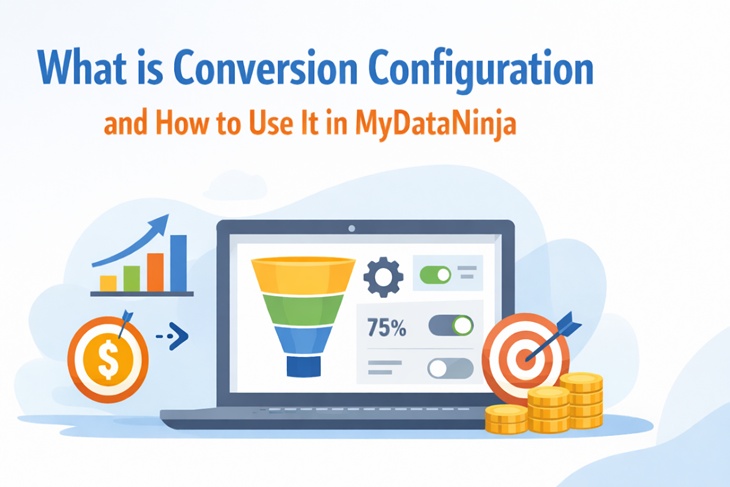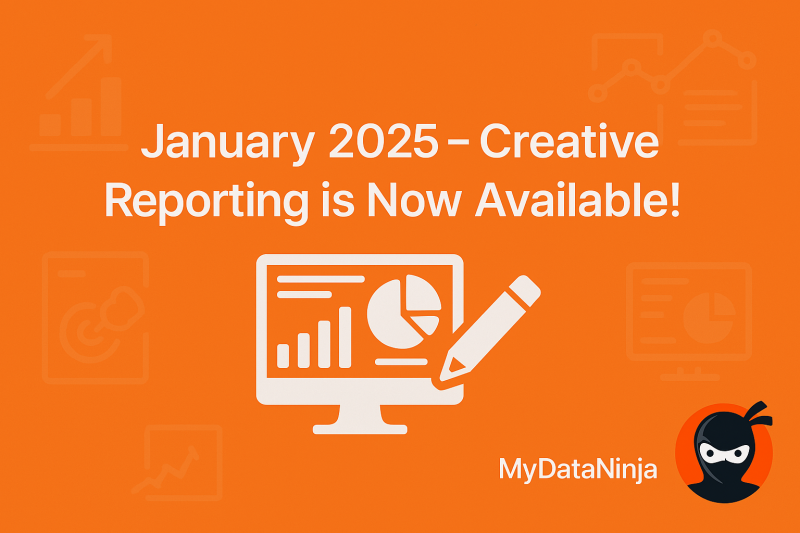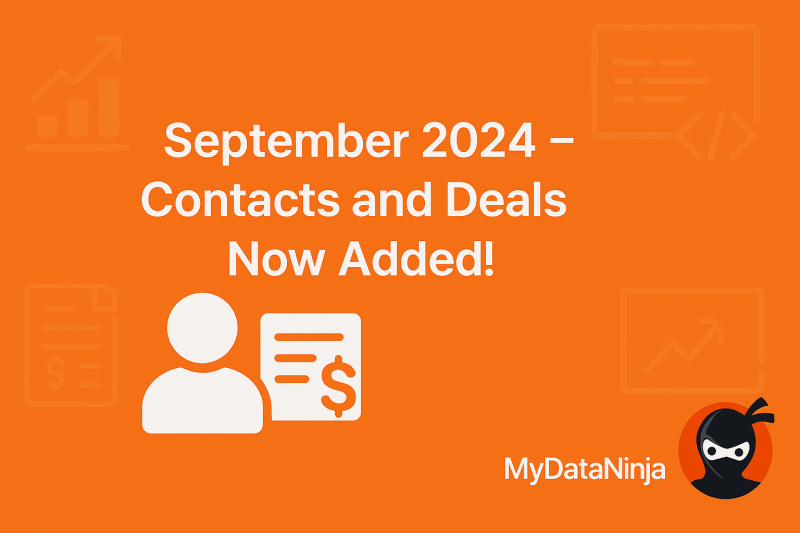
E-commerce has become one of the best ways to make money in the last decade. With its diversity and flexibility, many people choose E-commerce as their main or secondary income. There are many different ways to do so, and every last one of them has a different approach, so today I will clean up this mess and give you a detailed and understandable view of E-commerce.
E-commerce, or electronic commerce, refers to the buying and selling of goods or services using the Internet. It contains various types, including B2B (business-to-business), B2C (business-to-consumer), and C2C (consumer-to-consumer). The creation of E-commerce has revolutionized the retail industry by providing an easy and quick way for consumers to shop and for businesses to reach a global audience.
A strong online presence is crucial for E-commerce success. This means having a user-friendly website that is easy to navigate and optimized for mobile devices. With more people shopping on their phones, ensuring a seamless mobile experience can significantly boost sales and customer satisfaction. Now let’s dive deeper into details.
Selecting the Right E-commerce Model
There are several E-commerce models to choose from. Selling physical products is the most common, where you either manufacture your own products or get them from suppliers. Managing inventory can be challenging, but it offers higher control over quality and branding.
Digital products, such as e-books, online courses, and software, present an adaptable option with minimal overhead costs. Once created, these products can be sold repeatedly without the need for physical storage. It’s like a one-time creation thing, where you create a digital product once and then concentrate on selling it repeatedly.
Dropshipping is another popular model. In dropshipping, you list products on your online store without holding any inventory. When a customer places an order, you purchase the item from a third-party supplier who ships it directly to the customer. This method requires low startup costs and eliminates inventory management but comes with challenges like supplier reliability and lower profit margins.
Using Data for E-commerce Success
Data analysis plays a vital role in E-commerce. By understanding customer behavior through data, you can make smart and quick decisions to improve your business. Tools and techniques for data analysis help you track and understand customer behavior, sales trends, and marketing effectiveness.
Using platforms like MyDataNinja, you can integrate your Google and Meta accounts to gain real-time insights. This integration allows you to monitor multiple accounts and collaborate with team members effectively, driving better results for your E-commerce business.
Marketing Strategies

Effective marketing is important for E-commerce growth. Search Engine Optimization (SEO) improves your online visibility by making your website more attractive to search engines. Basic SEO techniques include using relevant keywords, optimizing meta tags, and building quality backlinks.
Social media marketing is another powerful tool. Platforms like Instagram, Facebook, and Pinterest enable you to reach a broader audience and engage with potential customers through creative content and targeted Ads. If you want to learn more about social media usage for your marketing campaigns, consider reading our blog “Harnessing the Power of Social Media for E-Commerce”
Additionally, email marketing helps build and nurture relationships with your audience.
Creating effective email campaigns lets you keep customers informed about new products, promotions, and special offers.
Effective Sales Tactics
Conversion Rate Optimization (CRO) focuses on improving the percentage of visitors who complete a chosen action on your website, such as purchasing. By analyzing and refining your sales funnel, and conducting A/B testing on different elements, you can improve the user experience and boost conversions.
Retargeting and remarketing are essential tactics for bringing back visitors who still need to make a purchase. These strategies involve displaying targeted ads to previous visitors, encouraging them to return and complete their purchase. Various tools and techniques are available to implement effective retargeting campaigns.
Customer Relationship Management (CRM)
Providing excellent customer support is vital for retaining customers and building loyalty. CRM tools help manage customer interactions, track purchases, and address issues promptly. Building loyalty programs, such as reward points or exclusive discounts, can encourage repeat purchases and foster long-term relationships with customers. For your information, MyDataNinja offers amazing CRM.
Exploring New Revenue Streams
Affiliate marketing allows you to earn commissions by promoting products from other companies. Selecting the right affiliates and tracking performance can generate additional income without creating your own products.
Subscription models offer a reliable revenue stream by providing products or services regularly. Whether it’s a subscription box or access to exclusive content, this model ensures consistent income and strengthens customer loyalty.
Using Marketplaces and Platforms
One effective way to increase your E-commerce sales is by using online marketplaces like Amazon, eBay, and Etsy. These platforms have a large, built-in audience and can significantly boost your product visibility. By listing your products on these marketplaces, you can tap into their extensive customer base and benefit from their marketing efforts.
However, it’s important to optimize your listings with high-quality images, detailed descriptions, and competitive pricing to stand out from the competition.
other platforms to consider are Shopify, Woocommerce, and Wix (you can see comparisons between Shopify and WooCommerce, and Shopify and Wix on our page) which allow you to create your own online store with ease. These tools provide a range of tools and integrations to help you manage your inventory, process payments, and market your products. It’s a great option for those who want more control over their brand and customer experience.
Content Marketing

Content marketing is a powerful strategy for driving traffic to your E-commerce site and establishing your brand as an authority in your niche. By creating valuable and engaging content, such as blog posts, videos, and infographics, you can attract and retain a loyal audience. This content should be tailored to address the needs and interests of your target customers, providing them with useful information and solutions to their problems.
For instance, if you sell fitness equipment, you could create a blog that offers workout tips, nutrition advice, and product reviews. By consistently publishing high-quality content, you can improve your site’s SEO, increase organic traffic, and build trust with your audience.
Optimizing for Mobile Shopping

With the increasing number of mobile devices, optimizing your E-commerce site for mobile shopping is no longer optional, it’s essential. Mobile optimization involves making sure that your website is responsive, meaning it adjusts quickly and easily to different screen sizes and provides a smooth user experience. This includes easy navigation, fast loading times, and simplified checkout processes.
Additionally, consider creating mobile payment options such as Apple Pay and Google Wallet to make purchasing more convenient for your customers. By prioritizing mobile optimization, you can capture a larger share of the growing mobile shopping market and reduce cart abandonment rates.
Building an Omnichannel Strategy
An omnichannel strategy involves creating an easy shopping experience across multiple channels, including your online store, social media, email, and physical stores (if possible). This approach ensures that customers can interact with your brand consistently, regardless of their chosen platform.
For example, a customer might discover your product on Instagram, visit your website to learn more, and then purchase your mobile app. You can enhance customer satisfaction and loyalty by integrating these channels and providing a cohesive experience. Additionally, using data from different channels can help you understand customer preferences and behavior, enabling you to tailor your marketing efforts more effectively.
Personalizing the Shopping Experience
Personalization is key to upgrading the customer experience and increasing sales. By using data and technology, you can provide personalized recommendations, offers, and content to your customers based on their browsing and purchase history. This can be achieved through various tools, such as AI-powered recommendation engines and email marketing platforms.
For instance, you can send personalized email campaigns with product recommendations created to each customer’s preferences. Also, you can display related products or upsell items on your website based on what the customer has viewed or purchased previously. Personalization not only improves the shopping experience but also boosts conversion rates and customer loyalty.
The Future of E-commerce
Staying ahead of E-commerce trends is crucial for maintaining a competitive edge. Technologies like AI and machine learning are transforming the E-commerce landscape by upgrading personalized shopping experiences and optimizing operations. Mobile shopping continues to rise, making it essential to prioritize mobile-friendly designs and functionalities.
Conclusion
Making money with E-commerce requires a combination of the right strategies and tools. From selecting the appropriate business model to using data and enhancing marketing efforts, each step plays an important role in your success. Platforms like MyDataNinja can provide valuable insights by integrating various accounts and simplifying data management. By staying adaptable and continuously refining your approach, you can achieve long-term success in the world of E-commerce.







